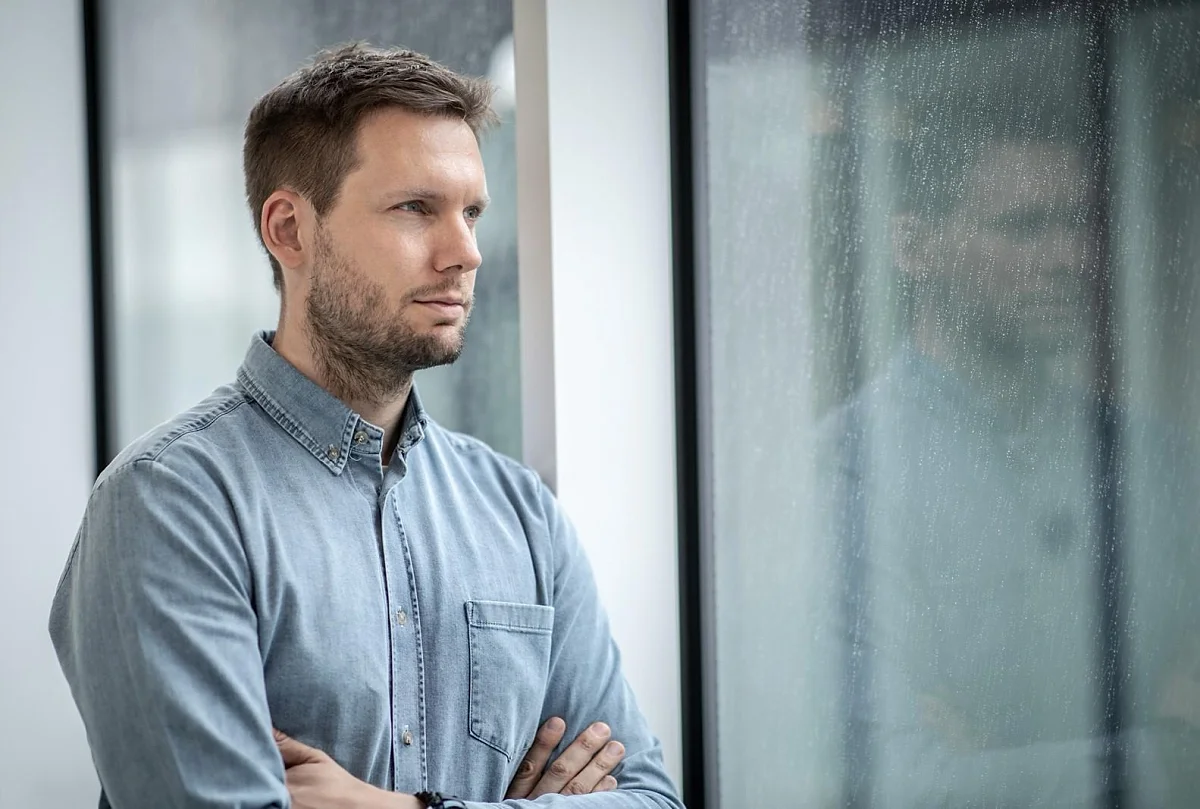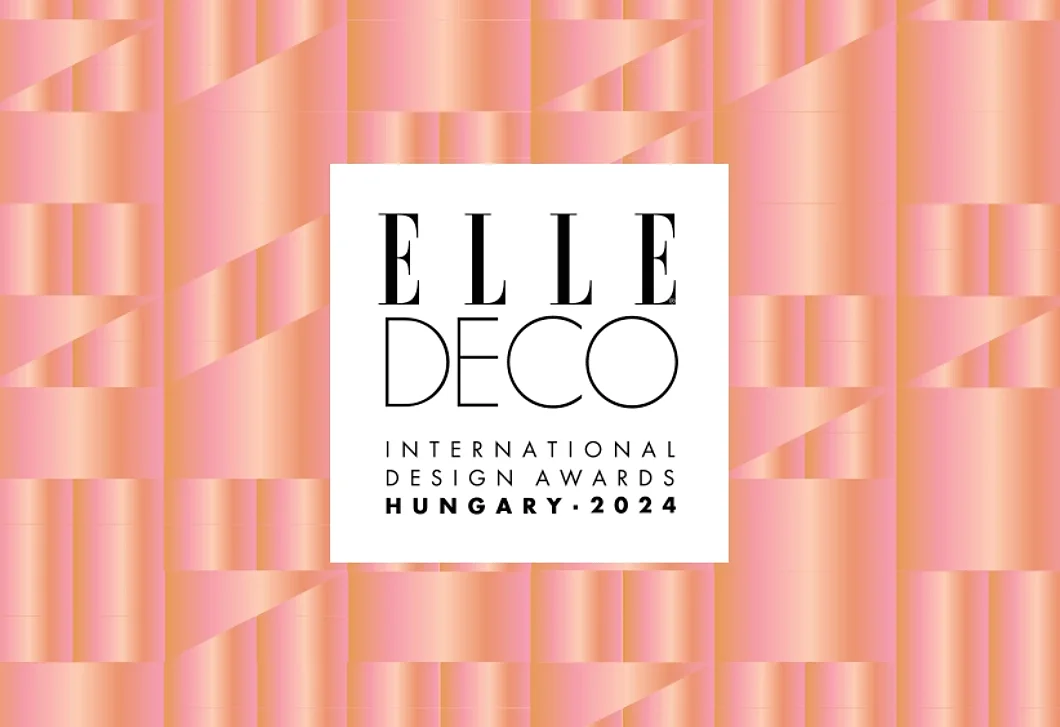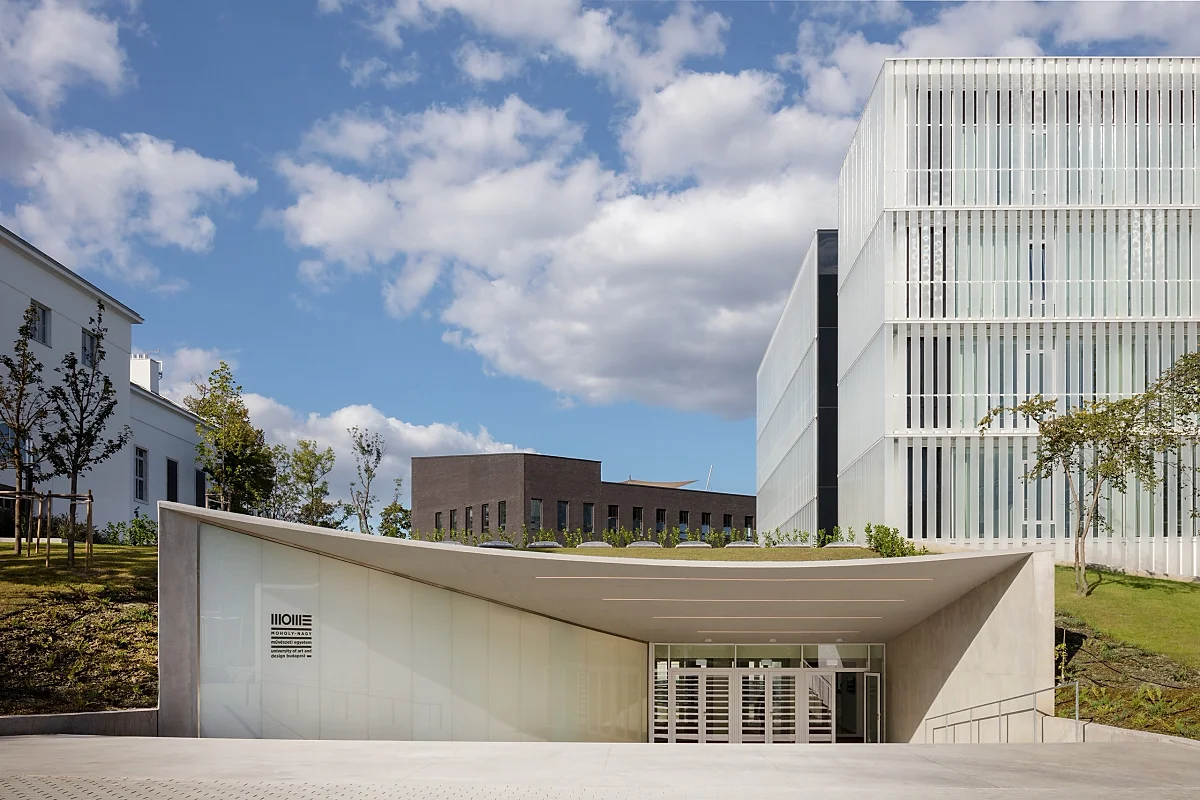
A year has gone since MOME’s model change: the university is on fast-track to become the leading institution for the creative industries in Central Europe
2021.06.22
The model change of Moholy-Nagy University of Art and Design took place last summer; you have been the chairman of the asset management foundation maintaining the university for one year. What have been the main most important experiences of the past year? What has been realised out of the plans and promises? To what extent has the foundation lived up to its promises?
In terms of work, it is only difficult, just achievable goals that are worth setting. One year ago, we decided to make MOME the best university in Central Europe in its own field by 2030, and over the past year we have set off determinedly towards the implementation of this objective by taking several big steps and plenty of minor ones.
A university of design is a special, colourful, and appealing world in the eyes of an outsider. MOME is like that from the inside as well – and even far more than that. What cannot be seen from the outside necessarily is that – despite the diverse talent and knowledge – the long-term vision, the corresponding strategy, and the framework of a westernised institutional operation have been so far missing. I think that is because even the university leaders had difficulty seeing the opportunity of a big leap inside an inflexible and bureaucratic state model.
So now all is about laying the foundations, creating the conditions necessary for achieving an international standing.
We dedicated the first year of the model change to understanding the European-level strategic environment of MOME – market research so to speak –, assessing internal resources and developing management skills. Universities are not corporations, but that does not mean that they need to fall behind them in terms of aspirations and rationality.
To what extent have you succeeded in achieving the key goals? Have you determined in exactly what MOME is lagging behind foreign universities with a similar profile?
I will start with the easier part. In the course of one year, we have remedied the competences which have been so far missing from the university’s organisation. The manager responsible for brand and business development, the first HR manager in MOME’s history have taken up their posts, the office coordinating European Union-level partnerships has been established, and the university’s director in charge of digital transformation will also arrive soon. We have our own data scientist since spring: he is facilitating decision-making by analysing the various types of data generated at MOME and exploring the connections.
The content of the development, however, requires longer preparations. The managers of MOME, as well us, trustees arriving with a fresh perspective had impressions of the weaknesses, which often overlapped. However, as stated by Edward Deming: without data, any statement is just an opinion. Therefore, we invited Albert-László Barabási, world-renowned Hungarian network researcher and his workshop to conduct comprehensive, strictly fact-based research of MOME’s current position and the European field.
The results are still being evaluated, but we have already identified the three areas where we need to make significant progress. The first one is networking. Compared to the value and volume of the knowledge which can found within the walls of the institution, MOME is hardly involved in the international academic and creative industry networks. The second is brand: MOME as a brand is practically invisible at international level, as it does not have any English language training courses which would help it gain visibility beyond the borders of the country. The third one is the business success of the alumni community.
In the training courses there is at the moment no sufficient emphasis on the development of entrepreneurial skills, despite the fact that the vast majority of the students try to make a career on their own, not as employees after graduation.

Image: MOME Innovation Centre will lend various forms of creativity to different partnerships. Photo: Tamás Bujnovszky
The objectives include that MOME intends to become a prominent, progressive, and creative educational and research centre in Europe between 2020 and 2030. Where is this process right now?
The work has started in all three areas mentioned above, by investing lots of energy. In a couple of months, Réka Matheidesz, our leader responsible for EU cooperation, is expected to announce partnerships in which MOME is involved along with the best universities in the continent. We have also become the official partners of the New European Bauhaus initiative through which the European Commission is striving to integrate creative resources linked to green transition. Margaret Ann Dowling, our Brand Director, is in the meantime preparing long-term international branding. We are supported in this endeavour by another big gun, András Szántó. As a New York-based strategist, he has assisted cultural institutions such as Art Basel or the Metropolitan Museum of Modern Art. As far as the development of the training courses is concerned, we also set the most important deadlines a couple of weeks ago.
So that MOME can have a credible English language portfolio by 2030, the institution has to offer at least two new English-language master training courses in each term for three years starting from autumn 2022.
The university can, of course, decide autonomously exactly what training courses to launch. Also from 2022, it will be obligatory for students to complete a specifically design-focused module that develops business skills. We would like our students to receive the most up-to-date knowledge from MOME in order to be successful, whether they build their career as an employee, or by running their own business.
Although in comparison with other universities the transformation of MOME’s operation was in the crossfire of politics and media to a lesser extent – what is more, it has even been often mentioned as a positive example –, there have still been some who criticised the model change. There have been students and senior lecturers who thought that neither the students nor the employees were aware of the nature and gravity of the model change. What do you think about that? Is there any division in the operation of the university? Have you succeeded in having the model change understood within the institution?
Many changes occurring within a short period of time will cause some kind of shock in each organisation. I consider that a natural thing; what is more, the opposite would be suspicious.
In terms of objectives, however, there has never been any division: in this community, the elevation of the MOME brand and taking an international leap have been decade-long dreams.
It is a fact that the foundation has brought into MOME’s life greater ambitions, more serious expectations, and a new pace, to put it mildly. This is our job, as all these three things are absolutely indispensable for the step-change. If we are successful, the board of trustees can settle into a quieter role later.
We have been coordinating the work together with József Fülöp, Rector, and the leaders of the university, but I also rely greatly on the knowledge of Gábor Kopek, my fellow trustee, former Rector of MOME. I report to the Senate every month on the results, and there are also ongoing consultations with the Student Union, as well as the university’s trade union. It has happened that I made a mistake by being impatient towards certain old habits rooted in the past. You always need to dedicate an appropriate amount of time and energy to dialogue; but sometimes you do not get to decide how much.
In such a far-reaching process, open communication is one of the prerequisites for later creating a shared sense of success out of the hoped-for results; but we do not always need to agree on everything.

Image: The aim is that MOME becomes a prominent, progressive, and creative educational and research centre in Europe between 2020 and 2030. Photo: Tamás Bujnovszky
What is shown by this year’s admission data? What is trend of the number of the applicants compared to previous years? What are the most popular specialisations?
In certain specialisations, the number of those applying to us has increased by twenty percent, but on average by eight percent. I would like to emphasise that our board of trustees does not wish to adorn itself with borrowed plumes: this result is solely the merit of MOME’s tutors, heads of departments and institutes, department managers. I am quite sure that the successful model change will further increase the university’s appeal, not only in Hungary, but also in the region. However, an enormous amount of work still needs to be done to achieve that.
Last summer, you told Portfolio that you wanted to achieve that all promising and diligent students have a chance to study at MOME, solely on the basis of excellence, irrespective of social background. How exactly do you intend to realise this? Would not tuition fees limit the chances of children from less wealthy families?
The smaller the institution, the more chance there is to achieve and preserve high quality, low complexity, and human scale. This is one of the reasons for MOME being predestined to success even with greater ambitions than before.
This place, indeed, has never been and will never be the part of the mass education paradigm: only the best ones are admitted here, and we will provide them with free education at all times.
Additionally, this year – by combining the resources of the university and the foundation – we have established the Excellence Scholarship, which we named after Stefan Lengyel, who founded our vehicle design programme. A student grant of this scale had never existed at the university before. Based on the feedback of the students, we decided to raise the social and academic aids, and we are providing those most in need with housing allowance as well from 2021. Last, but not least, MOME’s new intellectual property management system, which is currently under development, will be one of the most free-thinking, student-friendly policies in Europe. In the future, we will fully assign to the students the property rights over the works generated during their studies without request or any fuss.
Among the key effects of the model change you specified the goal to achieve that the university should be able to finance 60 percent of its operation from the market by 2030? What is the stage of this financing transformation right now? Based on the experience of the past year, can this objective be maintained?
The essence of the model change is exactly that we no longer state expectations towards the government in power at any given, but towards ourselves.
I am convinced that the share of the state support – which we hope will by the way increase in a nominal sense – can be substantially reduced in our budget within ten years. In a healthy and diversified financing model, the gap can be closed with revenues from the research and development tenders of the European Union, paid further training courses, corporate partnerships, supplemented by the establishment of small, but significant channels of revenues, such as the marketing of intellectual property generated in projects, merchandising, or the utilisation of the free capacities of the campus.
This is the kind of model we are working on, and we have started to introduce professional financial management as a first step towards realisation. This includes to the same extent the establishment of the culture of planning ahead – such as the introduction of cost-accounting for certain training courses – as the establishment of monitoring to ensure the prudence of expenditures and internal transparency. Only traces of these things had existed previously – if existed at all – in domestic higher education; however, the readers of Portfolio know exactly these things are actually self-evident in terms of operation. They will be normal in the future at MOME as well.
Also last year, you said that you would like to achieve that the players of the Hungarian economy look at the university as a strategic partner and innovation resources. What is needed for that to happen? What steps have been taken to get closer to this goal? Would you mention specific companies which cooperate with the university?
Thanks to the current and former leaders of the university, cooperation is already in place with a few companies, including Mercedes-Benz and LEGO, and Market has joined them this year. We foresee a priority role for the Innovation Centre in increasing the economic impact of MOME. We take pride in the fact that our international call for applications for the head of centre position published this spring captured the imagination of 160 experts from 29 countries. We selected a dynamic Baltic expert, Lasma Ivaska, who is forming a bridge between us and the most developed digital ecosystem of Europe. The MOME Innovation Centre will lend various forms of creativity to diverse partnerships, but only under strict conditions. One of them is that our partnerships must deliver social benefit in addition to business result. The other is that
yes, we are going to give priority to Hungarian and regionally owned enterprises.
Contrary to previous predictions, indeed, the 21st century is not about the decrease of the significance of location, but about the increase thereof.
You can read the original article in Hungarian on portfolio.hu.


